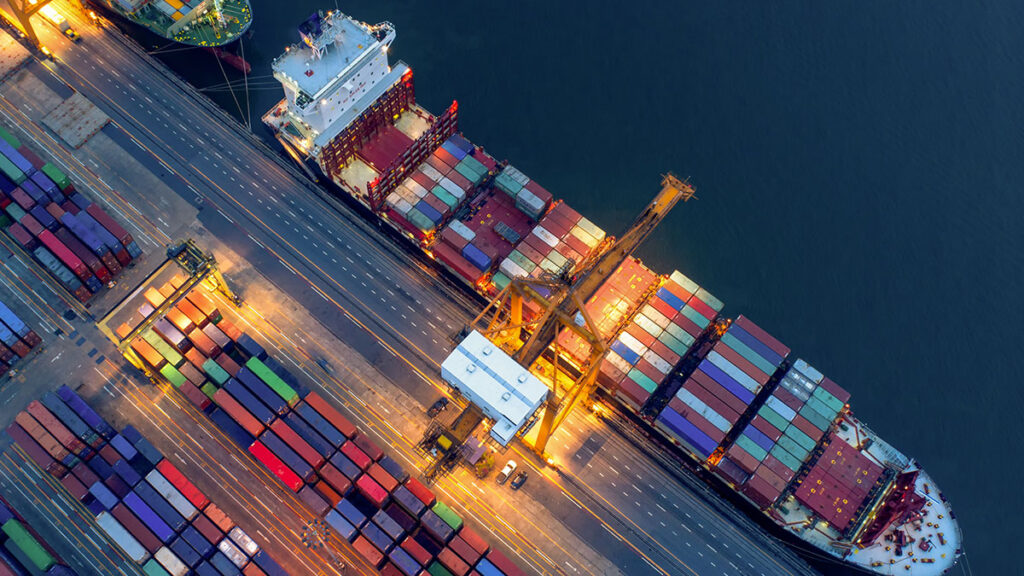Global supply chains are in a state of strain today. Economic activity has felt the effects of border closures, capacity demand and industry halts resulting from the COVID-19 pandemic. Consumption channels have shifted as well, transitioning from buying in-store to a higher rate of buying online.
Logistics stakeholders who have expected consumption demand to rise slowly, were caught unprepared for the rapid spike in demand.
This shift has led consumption to skyrocket, yet vital pieces of supply chains including manufacturing and food processing plants have not been working to their total capacity. Logistics networks, too, have had their share of complexities, all thanks to continued social distancing regulations and shrunken workforces. Logistics stakeholders who have expected consumption demand to rise slowly, were caught unprepared for the rapid spike in demand.
Even as demand continued to consistently increase and stay elevated this year, transportation networks have struggled to keep up with their limited freight capacity. This extraordinarily high demand for freight capacity has caused freight prices to increase as well. Ocean freight prices in the China to North America trade lane have increased by roughly 150% in the last year, while the China to North Europe trade lane saw a massive 575% increase in the same period.
Overwhelming Capacity Demand And Port Congestion Increase Cargo Dwell Times
While consumer demand has remained at historically high levels, COVID-19 continues to create new issues. Recently, the port of Yantian, a deep-water port from Shenzhen, China, witnessed a COVID-19 outbreak that prompted city officials to shut down operations partially across the port and quarantine large parts of the city. Despite these efforts, the outbreak continues to rage on, ensuring port operations remain subdued.
As part of the Shenzhen port complex, the Yantian port is home to one of the largest terminals in the world, making this disruption one of global significance. With over 25% of all Chinese exports coming from the adjoining region to Yantian, the US to China trade lane has been majorly impacted.





